Smartphone history and evolution
Follow along as we explore how smartphone technology has evolved over the last 20 years, and how it has impacted the way we do business.
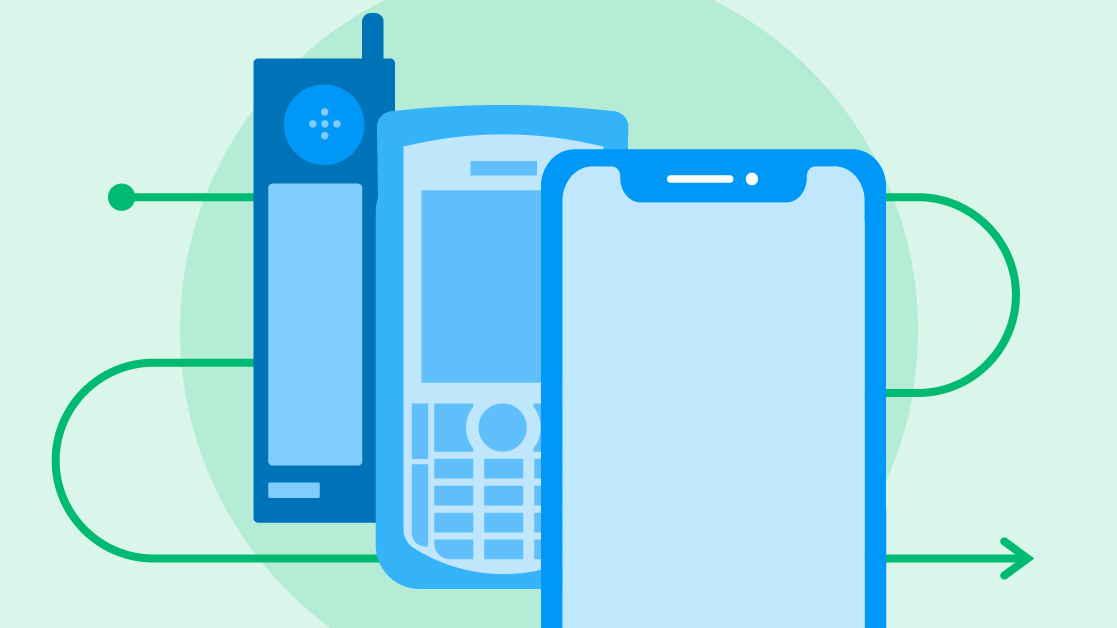
Follow along as we explore how smartphone technology has evolved over the last 20 years, and how it has impacted the way we do business.

We use our smartphones daily for almost everything today.
Whether you want to call your friends and family, order food, get entertained, read the news, or grow a business, you can do it right from your mobile device.
Heck, you’re probably reading this article on your smartphone. But have smartphones always been this “smart”? Not at all.
Let’s time-travel back to 1992.
A lot of things happened that year:
However, in the middle of all that social and political change, 1992 was also the year that IBM unveiled the very first smartphone.
Fast forward two years, and the device officially hit the market for a cool $1,100. After only six months, it had sold over 50,000 units.
While personal cell phones have been around since the 1970s, the creation of the smartphone caught American consumers’ attention in an entirely new way.
After all, the three decades between the first mobile phone and the first smartphone saw the birth of the modern Internet. That invention sparked the beginning of the digital telecommunication phenomenon we see today.
So, how far have we come since that historic day in 1992, and how has the invention of the smartphone influenced our world?
TABLE OF CONTENTS
If you’re among the people Googling, “When did the first smartphone come out?” you’re not alone.
Let’s take a walk through time and see when each revolutionary step in the evolution of the smartphone came about.
Motorola gave us the first-ever portable mobile device with the DynaTAC 8000X almost 40 years ago.
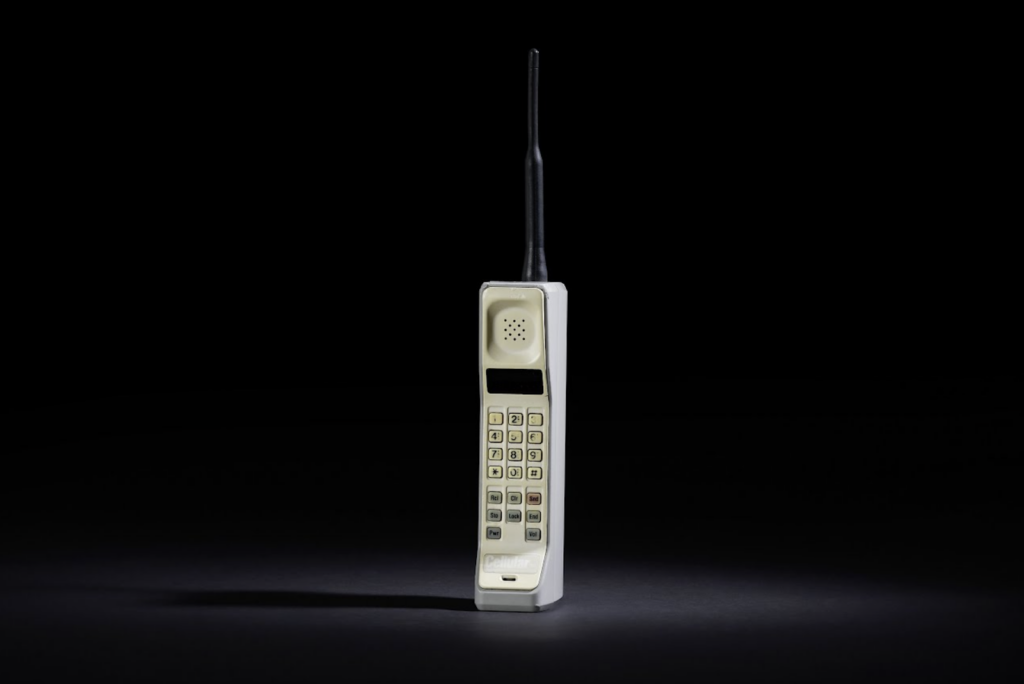
We’ve come a long way in making technology attainable for the general public since 1983, given that Motorola’s first mobile phone cost $3,995 (worth $12,576.55 in 2024) and weighed over a pound–not something you could slip into your pocket.
In fact, the DynaTAC 8000X was commonly called “The Brick” and came with a battery life of only 30 minutes. This phone was more of a status symbol than a functional tool, but the Brick walked so our modern smartphones could run.
In 1992, IBM announced the very first smartphone. It released the Simon Personal Communicator (SPC) for purchase in 1994.
The SPC was the first touchscreen phone. Additionally, it could send and receive both emails and faxes. It also had a calendar, address book, and a native appointment scheduler and even featured standard and predictive stylus-compatible screen keyboards.
These features were unique and advanced enough to earn the SPC the title “World’s First Smartphone.”
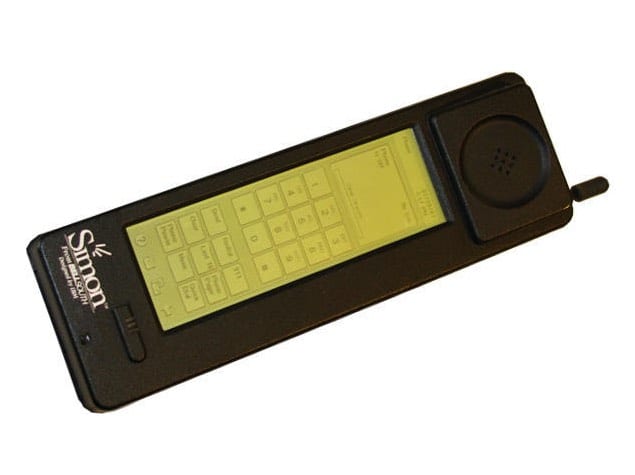
In 1996, Motorola created the StarTAC—the world’s first flip phone. Due to its portable size, shape, and weight, the phone became popular among young and old customers. It sold over 60 million units globally.
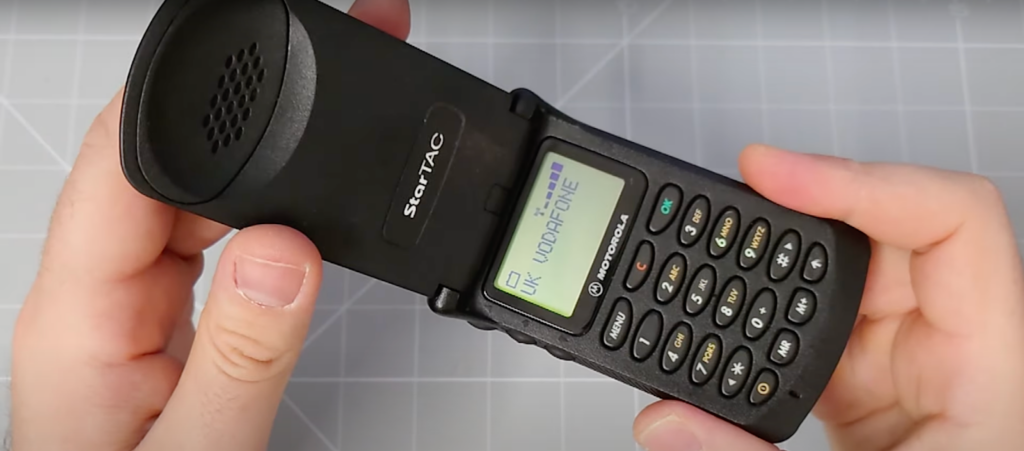
StarTAC could do the same things that other phones at the time could, but it also had its own unique features. For instance, users could customize ringtones on the device.
Can you imagine a world without Gardenscapes, Candy Crush, or Merge Mansion? Before 1997, that was the reality.
Back then, the game Snake by Finnish engineer Taneli Armanto became available for Nokia 6110 phones–and the mobile gaming craze began. Snake was the perfect formula. It was simple, challenging, and accessible for all ages.
Fast forward to today, and mobile gaming is now a $100 billion industry.
It wasn’t until 2000 that the smartphone was connected to an actual 3G network. In other words, a mobile communications standard was built to allow portable electronic devices wireless access to the Internet.
This upped the ante for smartphones, making things like video conferencing and sending large email attachments possible.
However, accessing the internet from your phone came with a price tag. While the price of the device had decreased to the $300 – $700 range, the cost of data wasn’t worth it for most people.
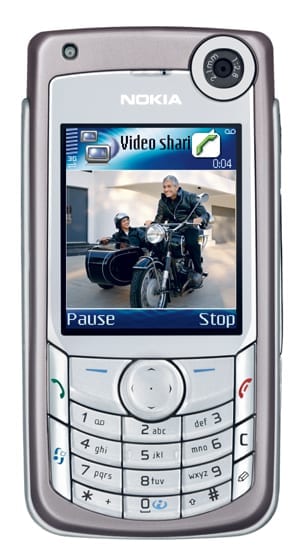
2007 was one of the most influential years for smartphone evolution. It was the year Steve Jobs and the team at Macworld revealed the very first iPhone.
Not only was this the sleekest touchscreen device to hit the market to date, but it was also the first device that offered a full, un-watered-down version of the Internet. The very first iPhone gave consumers the ability to browse the web just as they would on a desktop computer.
The device was offered at a 4GB ($499) and 8GB ($599) storage level. The first iPhone boasted a battery life with 8 hours of talk time, rivaling the 1992 smartphone’s measly 1 hour of juice, as well as 250 hours of standby time.
And while there were bumps in the road (we all remember how much easier it was to type on a Blackberry vs. the original one-finger-at-a-time iPhone), it still made a mark on the industry that lasts to this day.
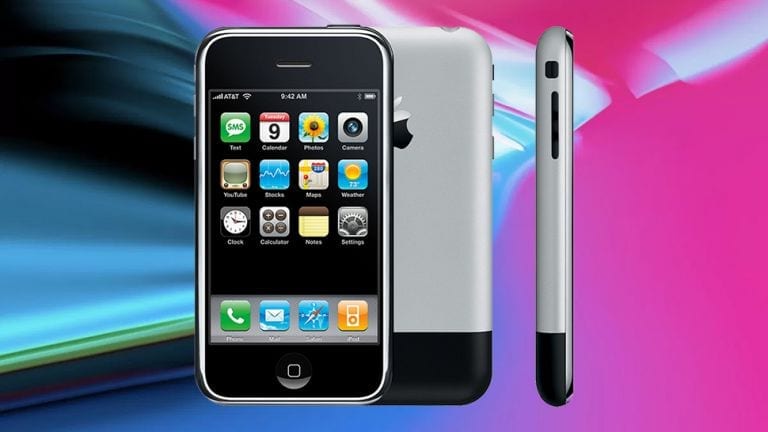
A year after the first iPhone hit the market, Google and HTC released the first Android smartphone. It was the T-Mobile G1, also known as HTC Dream.
Thanks to its integration with Google services like Gmail, Google Maps, and Calendar and its open nature, the market quickly adopted the HTC Dream.

The phone had a physical QWERTY keyboard, which you could swipe from its side.
Apple integrated Siri into the iPhones in 2011 to serve as a virtual assistant. Siri understands human language, and users can use it to perform certain phone actions, create reminders, search the internet, etc.
In the following years, other smartphone brands launched their version of virtual assistants.
And just like that, we’ve reached the modern day. Since the launch of the iPhone almost two years ago, we’ve seen:
It’s safe to say that smartphones have changed how we live our lives. As the number of smartphone users increases yearly, it is estimated that by 2029, there will be over 6.4 billion users.
Now that we’ve seen how smartphones have changed how we communicate over the last 20+ years let’s evaluate some of the significant ways smartphones have impacted how we do business.
1. Was the first smartphone Apple or Android?
The first smartphone ever was IBM’s Simon Personal Communicator (SPC), released in 1994.
But on the topic of whether iOS or Android came first, there’s some debate about this, so let’s look at the numbers. We mentioned that the first iPhone came out in 2007. Android, on the other hand, released the HTC Dream phone in 2008.
However, Danger, Inc. (the company that would become Android) released the Danger HipTop in 2002, leaving some room to argue on either side.
2. What was the first touchscreen phone?
The first touchscreen phone was the IBM Simon Personal Communicator, released for purchase in 1994. Although it was a touchscreen device, you had to use a stylus.
3. When did we start using smartphones?
Technically, we started using smartphones when the IBM SPC became available for purchase in 1994.
These changes are just the tip of the iceberg regarding smartphones and business. With change happening so rapidly across the mobile landscape, we know at least one thing for sure.
From the very first mobile device to the first smartphone, all the way to today, one thing has stayed the same — SMS or text messaging.
Texting is and always will be a part of the mobile narrative. That’s the side of history we want to be on.
Meghan Tocci is a content strategist at SimpleTexting. When she’s not writing about SaaS, she’s trying to teach her puppy Lou how to code. So far, not so good.
More Posts from Meghan TocciHow concerned are Americans if their private Google searches become public? We surveyed over 3,000 participants across the country to find out.
ReadI spent over a month listening to the top podcasts recommended by small business owners. Here are my favorites.
ReadStart a text marketing campaign or have a 1-on-1 conversation today. It's risk free. Sign up for a free 14-day trial today to see SimpleTexting in action.
No credit card required